The Nordic curl, also known as the Nordic hamstring curl, is a superb leg exercise for enhancing hamstring and glute strength but is notorious for its difficulty, especially for beginners. This challenging exercise can be daunting due to the strength required to perform it properly. However, with the right modifications and tools, such as the Nordstick and OmniBands, beginners can gradually build up their strength and confidence in performing Nordic curls.
Key Takeaways
- Start with assistance: Use resistance bands or a partner to help support your body weight as you build strength and control in the movement.
- Focus on slow, controlled reps: Performing Nordic curls slowly engages the hamstrings more effectively and helps you perfect your form.
- Progress at your own pace: Gradually decrease assistance and increase the range of motion as you get stronger, allowing you to safely master Nordic curls.
Here are five ways to ease into this potent exercise, ensuring comfort with a NordPad or cushion and progressively challenging your muscles.
1. Isometric Holds
Isometric holds are a fantastic way to start with Nordic curls because they allow you to engage the hamstring muscles without performing the full movement.
-
How to Do It:
-
Secure your feet with the Nordstick, ensuring a tight fit.
-
Slowly lower yourself until you feel your hamstrings engage.
-
Hold this position for a few seconds before returning to the starting position.
-
Repeat this for 2 sets of 3-5 reps.
-
This method helps in strengthening the hamstrings and knee joints gradually, preparing them for more dynamic movements.

2. Yoga Ball Walk Out
Integrating a yoga ball into your Nordic hamstring curls helps support your weight as you learn the movement pattern.
-
How to Do It:
-
Secure your feet under the Nordstick.
-
Start in a tall kneeling position and place the yoga ball in front of you.
-
As you lower your body, roll forward on the ball to your targeted depth, then use your hamstrings to pull back to the starting position.
-
Aim for 2 sets of 3-5 reps.
-
This variation not only supports the weight of your fall but also enhances the eccentric phase of the movement, important for building muscle strength and control.
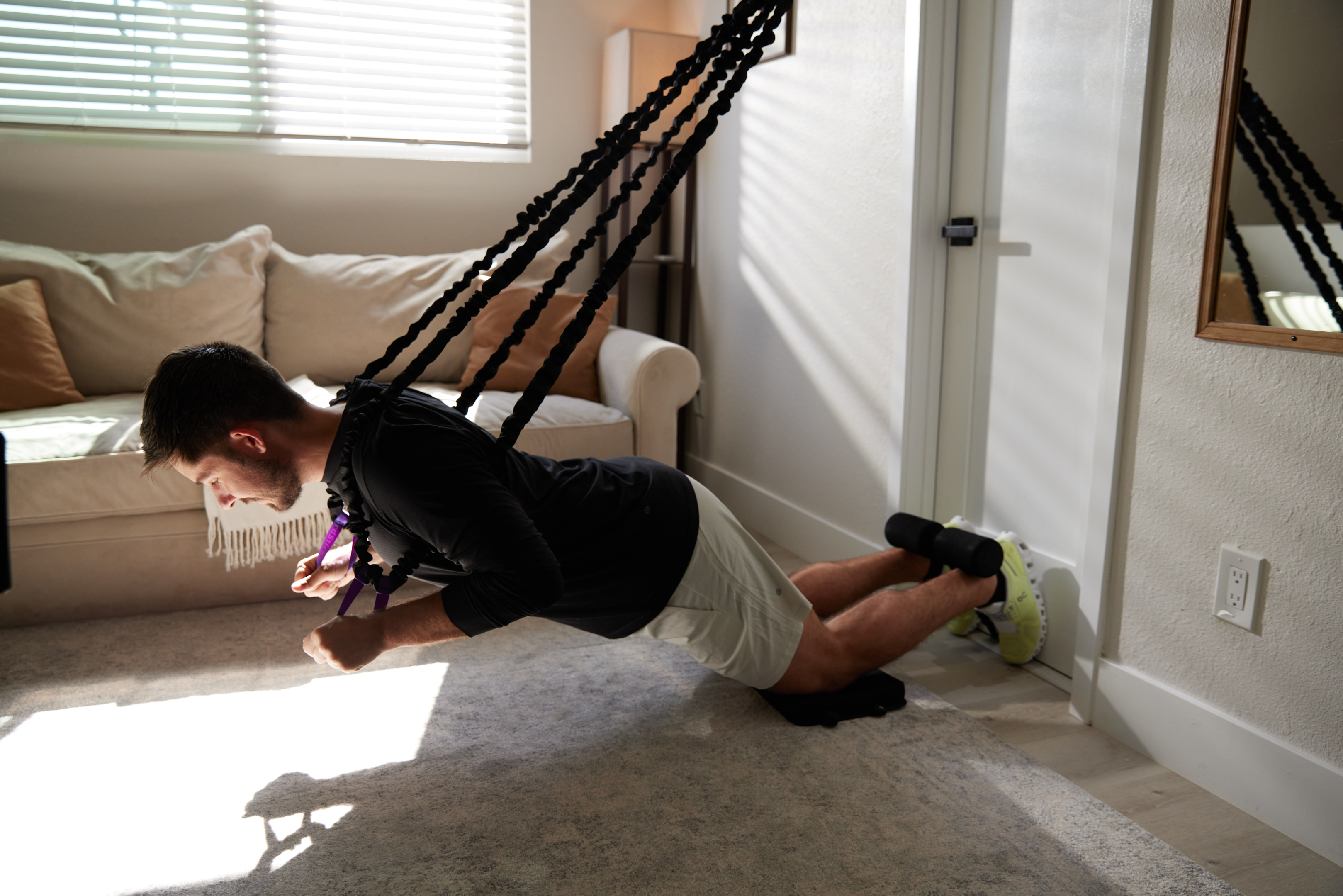
3. Use 2 Bands on Your OmniBands
OmniBands provide adjustable resistance, making them ideal for easing into the more complex movements of Nordic hamstring curls.
-
How to Do It:
-
Set up your OmniBands with two bands for optimal support.
-
Secure your feet with the Nordstick.
-
Perform the Nordic curl with the resistance bands assisting your ascent and descent, minimizing the load on your hamstrings.
-
This setup helps maintain proper form and reduces the risk of hamstring injuries.
-

4. Use 1 Band on Your OmniBands
As your strength improves, reduce the assistance by using only one band on your OmniBands.
-
How to Do It:
-
Adjust the OmniBands to have only one band.
-
Perform the exercise as usual, with less support, challenging your hamstrings further as they build strength and endurance.
-
5. Eccentric Focus to Target
Focusing on the eccentric phase of the Nordic curl maximizes hamstring engagement and strength gains.
-
How to Do It:
-
Secure your feet and add a NordPad for comfort.
-
Slowly lower yourself, taking more than 3 seconds to reach your target distance, focusing on the lowering portion.
-
This technique helps in developing eccentric strength, which is crucial for both athletic performance and injury prevention.
-
Functional Benefits of Nordic Curls
Nordic hamstring curls are not just about building muscle; they play a crucial role in injury prevention, particularly in reducing the risk of hamstring strains. This exercise effectively strengthens the biceps femoris, a major muscle group that supports knee flexion and hip extension. By enhancing the eccentric muscle contraction capability of the hamstrings, Nordic curls improve overall lower body power and stability, essential for various sports performances and daily activities.
Addressing Common Questions
-
What does the Nordic ham curl work? The Nordic curl primarily targets the hamstring muscles across the back of the thighs, crucial for knee flexion and hip extension.
-
Are Nordic curls good for your knees? Yes, when performed correctly, Nordic curls can strengthen the muscles around the knee joint, leading to improved stability and a lower risk of injuries.
-
How many times a week should you do Nordic curls? For beginners, starting with 1-2 sessions per week allows the muscles to adapt to the new training stimulus while preventing overtraining.
Tips for Success
To maximize the effectiveness of your Nordic curl routine, remember to incorporate other factors such as a balanced diet, adequate rest, and regular full-body workouts. Consistency is key, as is listening to your body to avoid overexertion.
Common Mistakes and How to Avoid Them
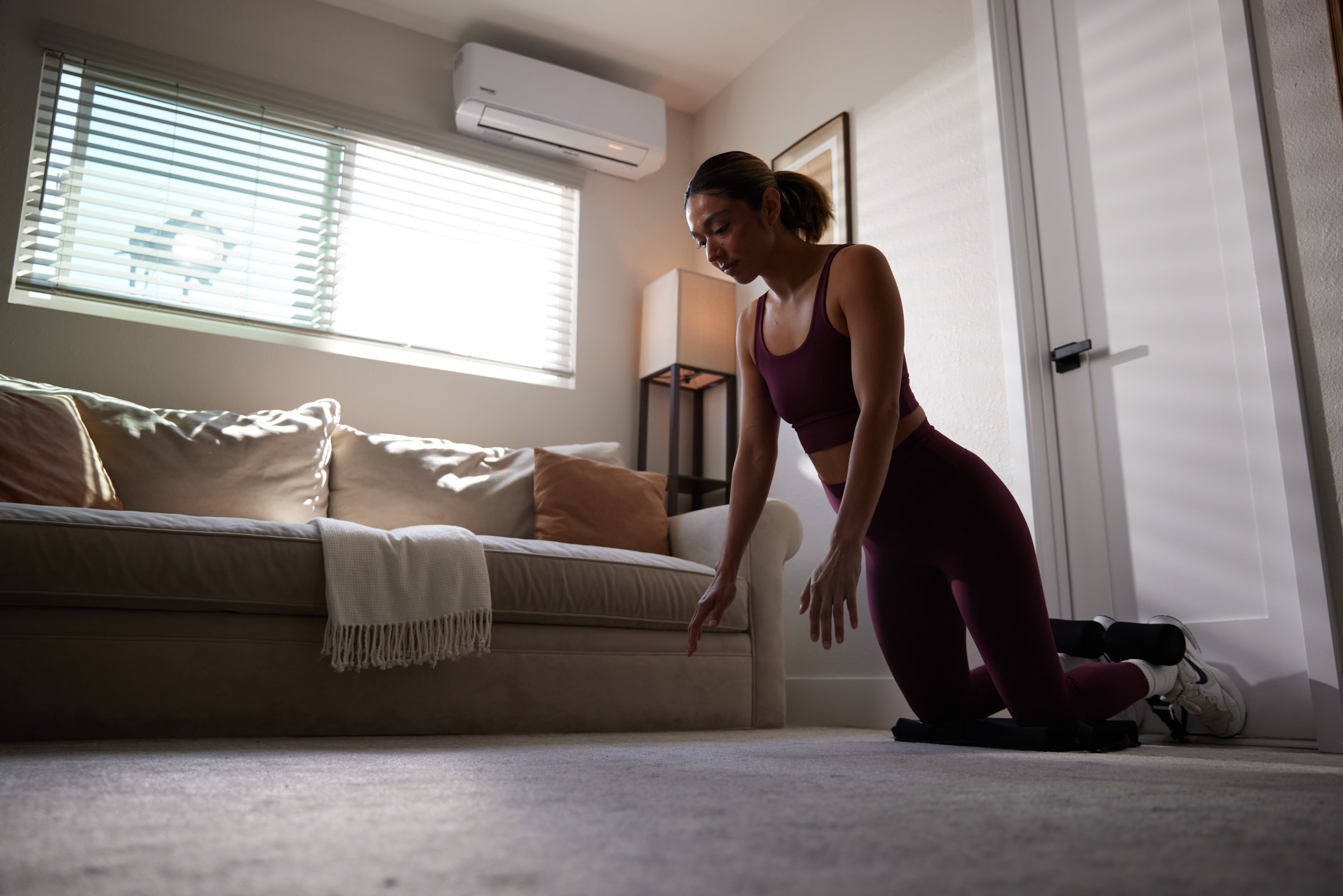
Nordic curls are a demanding exercise, and beginners often make common mistakes that can hinder progress and increase injury risk. One frequent error is bending at the hips instead of maintaining a straight line from head to knees, which reduces the effectiveness of the exercise.
To avoid this, focus on engaging your core and keeping your torso aligned with your legs throughout the movement. Another mistake is neglecting to anchor the feet securely, leading to instability and potential injury. Ensure your feet are firmly anchored under a sturdy object or use the NordStick for added stability.
Additionally, rushing through the movement can compromise form and lessen the benefits. Instead, emphasize a slow, controlled motion, particularly during the lowering phase. Lastly, some may attempt to perform full Nordic curls prematurely. It's vital to build strength gradually, using modified techniques like isometric holds or resistance bands to prevent straining the hamstrings and ensure proper muscle development.
The Importance of Warm-Up and Mobility
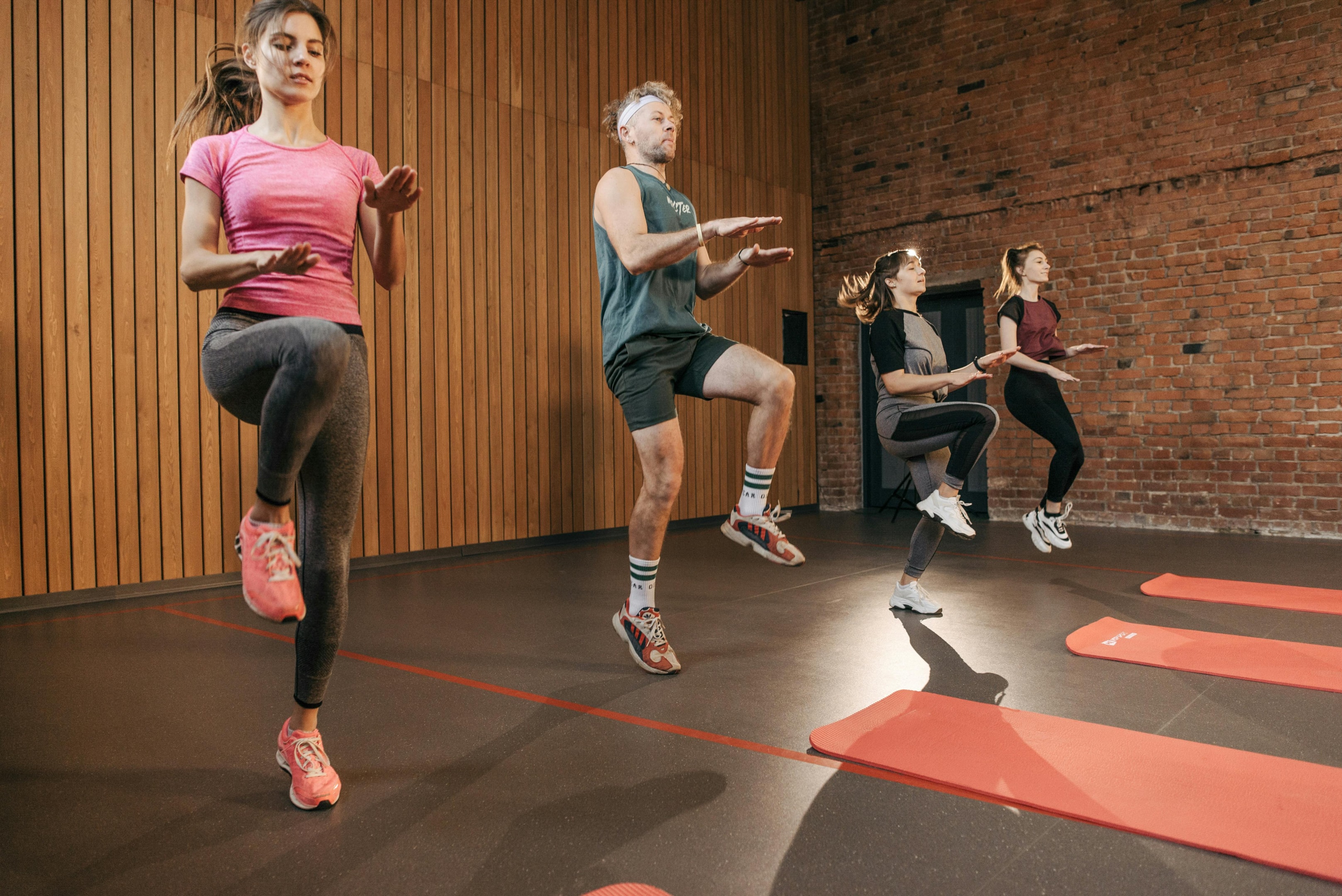
Warming up and enhancing mobility are crucial steps before performing Nordic curls. A proper warm-up increases blood flow to the muscles, preparing them for the intense demands of this exercise.
Start with dynamic stretches that focus on the lower body, such as leg swings or high knees, to activate the hamstrings and glutes. Incorporating mobility exercises, like hip circles and ankle rotations, can improve joint flexibility, supporting better range of motion during the curls. This preparatory phase not only boosts performance but also significantly reduces the risk of injuries, such as strains or pulls.
Additionally, a thorough warm-up helps activate the core muscles, essential for maintaining proper form and stability throughout the movement. By dedicating just a few minutes to these activities before your workout, you set a solid foundation for safe and effective exercise. As you progress, continue to emphasize warm-up and mobility to support ongoing improvements in strength and technique.
The Role of Breathing and Core Engagement
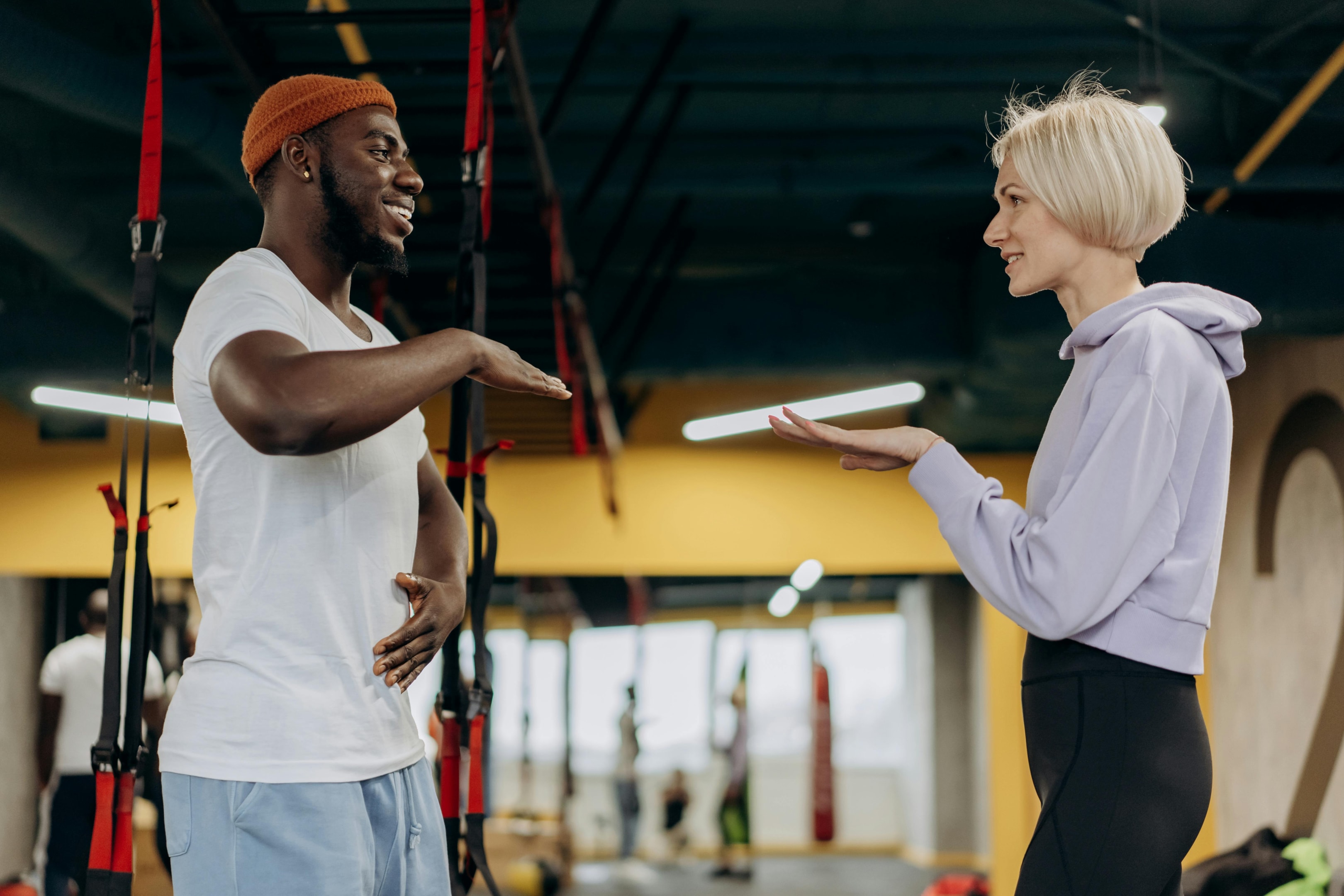
Proper breathing and core engagement are fundamental for executing Nordic curls effectively. Controlled breathing stabilizes your body and optimizes oxygen flow to working muscles, enhancing performance and endurance. Begin by inhaling deeply as you prepare to lower your body.
During the lowering phase, exhale slowly, maintaining a steady breath to help control your descent. This rhythmic breathing pattern not only supports muscle engagement but also keeps your mind focused on maintaining form.
Core engagement is equally crucial, acting as a stabilizer that ensures a straight alignment from head to knees. A strong core prevents the hips from sagging, which could lead to incorrect form and increased strain on the lower back. To engage the core, imagine pulling your navel towards your spine, keeping the abdominal muscles tight throughout the movement. This engagement helps distribute the workload across the body, reducing pressure on your hamstrings and promoting a safe and effective exercise session.
The Role of Rest and Recovery
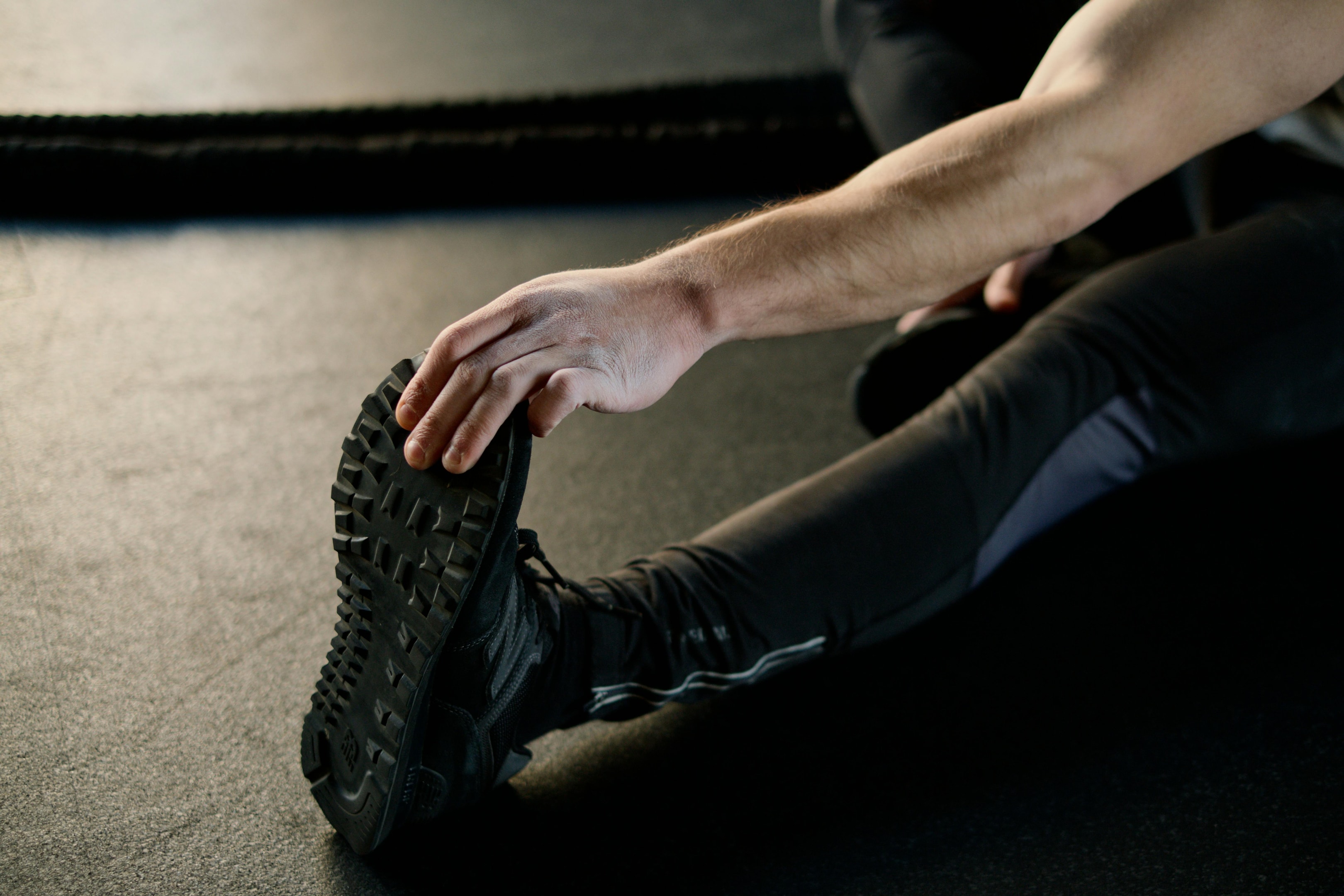
Rest and recovery are key components in any fitness regimen, especially when integrating Nordic curls into your routine. The intense nature of this exercise places significant demands on your hamstrings and the entire posterior chain.
Giving your muscles ample time to recover is crucial for optimal strength gains and injury prevention. Aim for at least 48 hours of rest between sessions targeting the same muscle groups to allow for adequate muscle repair and growth. During recovery, focus on activities that promote muscle relaxation and flexibility, such as yoga or gentle stretching.
Incorporating these activities helps reduce muscle soreness and improves mobility, preparing your body for the next workout session. Also, consider nutritional aspects of recovery, such as consuming sufficient protein and staying hydrated, to support muscle repair processes. By prioritizing rest and recovery, you set a foundation for sustainable progress and enhanced performance in Nordic curls and other physical activities.
Benefits Beyond Hamstring Strength

Nordic curls offer a range of benefits that extend beyond just strengthening the hamstrings. This exercise enhances overall lower body stability by engaging the entire posterior chain, including the glutes, calves, and lower back.
Such comprehensive engagement not only improves athletic performance in activities like running and jumping but also aids in everyday movements by increasing functional strength and balance. Additionally, Nordic curls significantly contribute to injury prevention.
By reinforcing the muscles around the knee and hip joints, they reduce the likelihood of strains and sprains, which are common in dynamic sports and activities. Furthermore, regular practice of Nordic curls can enhance core strength. Engaging the core during the exercise promotes better posture and reduces the risk of lower back issues, making it a valuable addition to any workout regimen. Embracing Nordic curls not only bolsters hamstring strength but also supports overall physical resilience and movement efficiency.
Conclusion
Nordic curls are a serious strength training tool for your lower body and posterior chain. Starting with these beginner-friendly variations will help you build up to the standard Nordic curl without the risk of injury and with maximal gains. Whether you're incorporating them into your leg day routine or looking for a targeted hamstring workout, these modifications ensure you can start strengthening your hamstrings effectively from day one. Keep at it, and soon, the most challenging portion of the Nordic curl will become a rewarding part of your fitness journey.
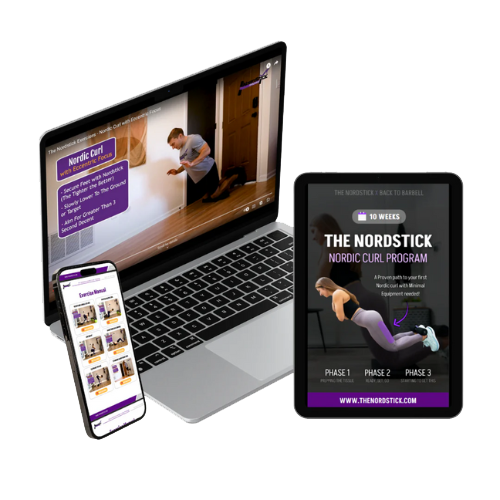

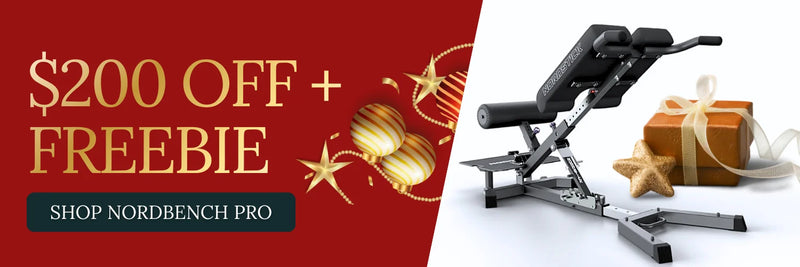
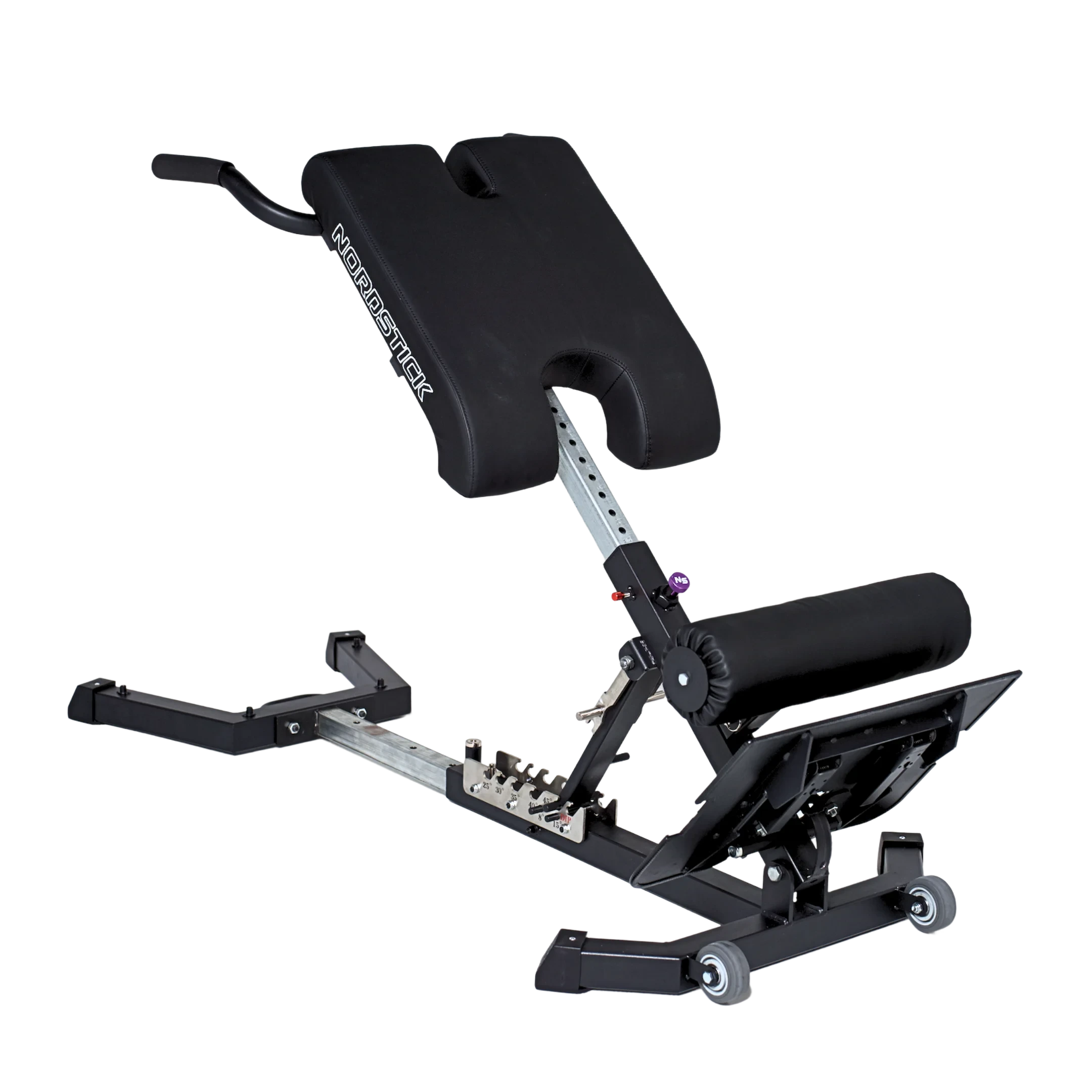
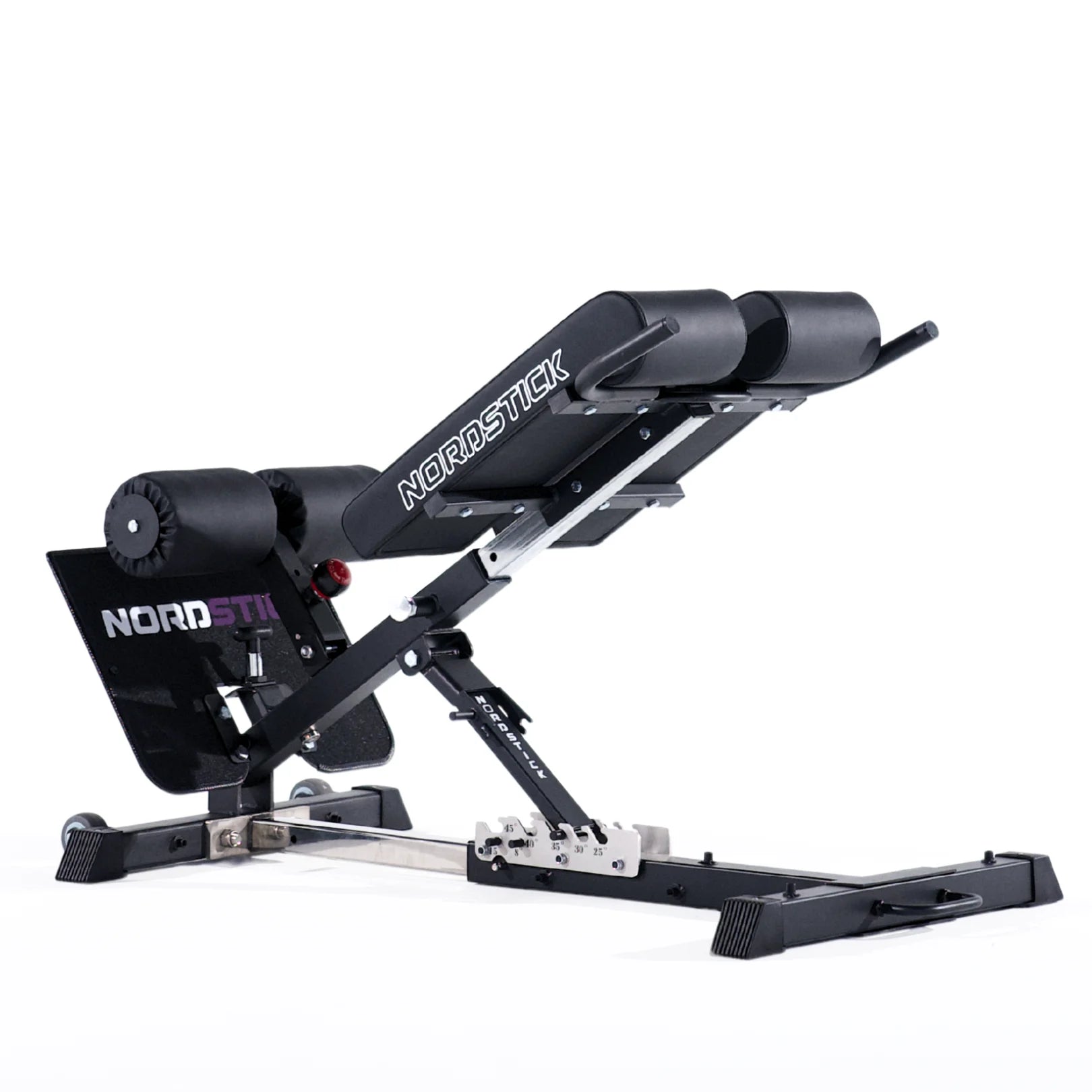





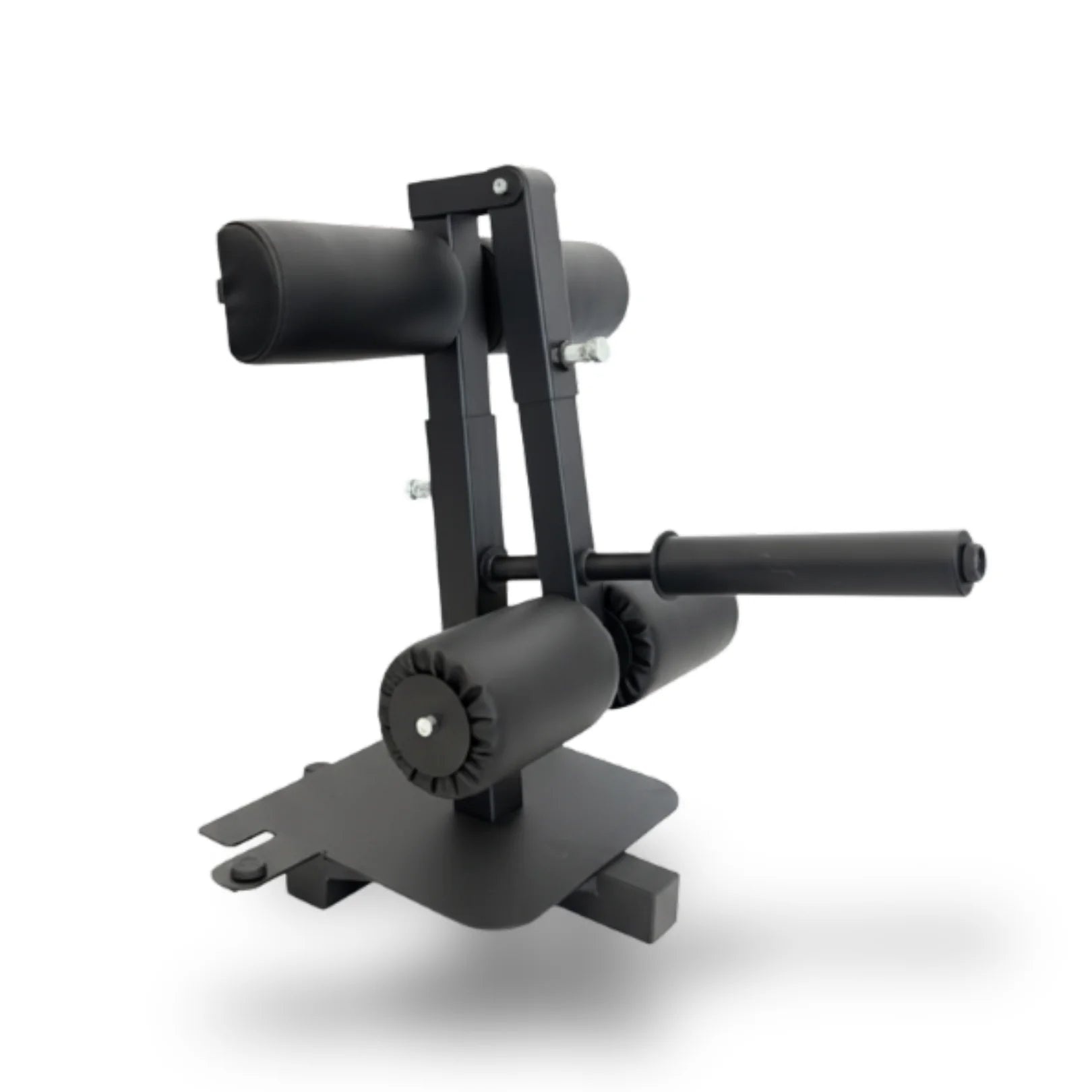
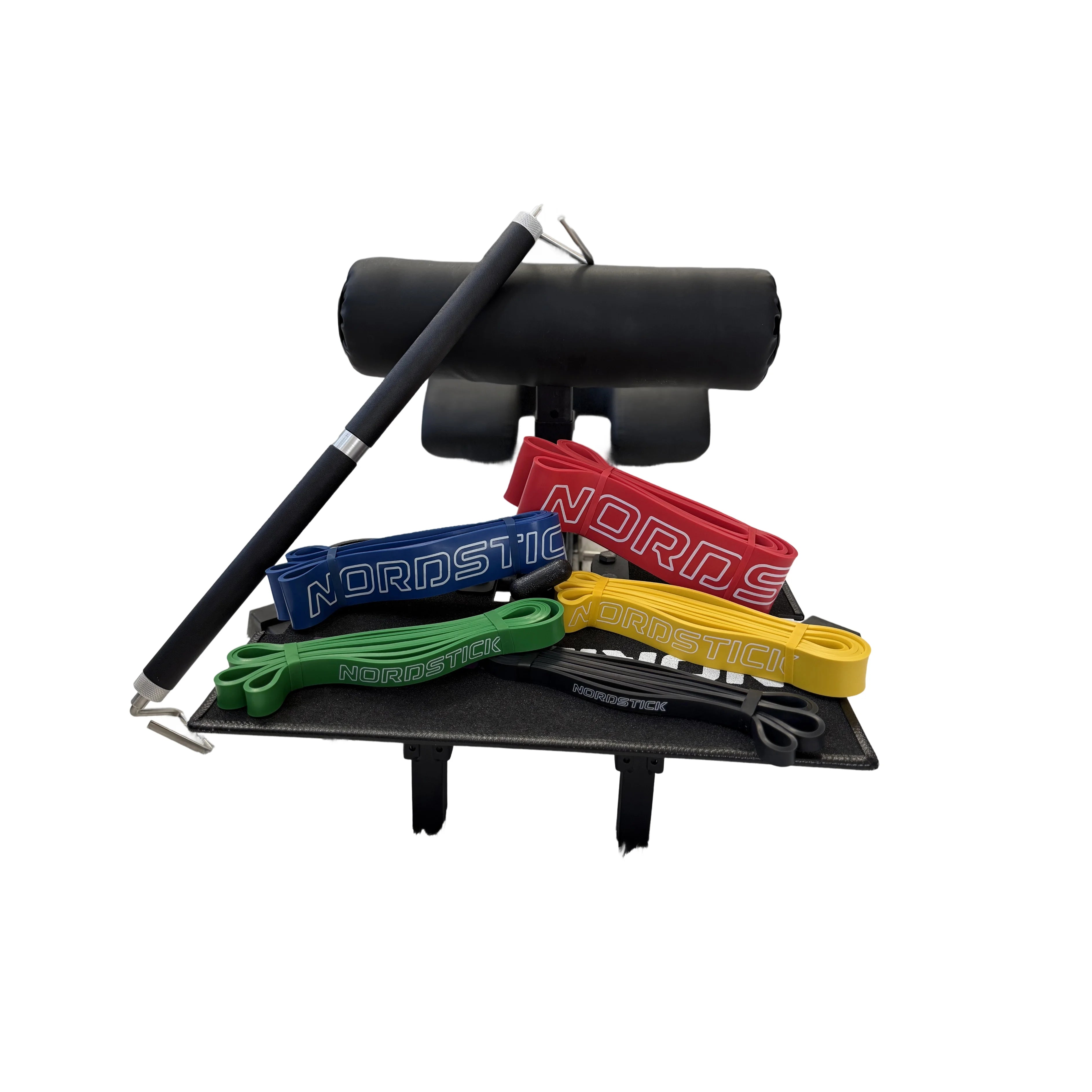
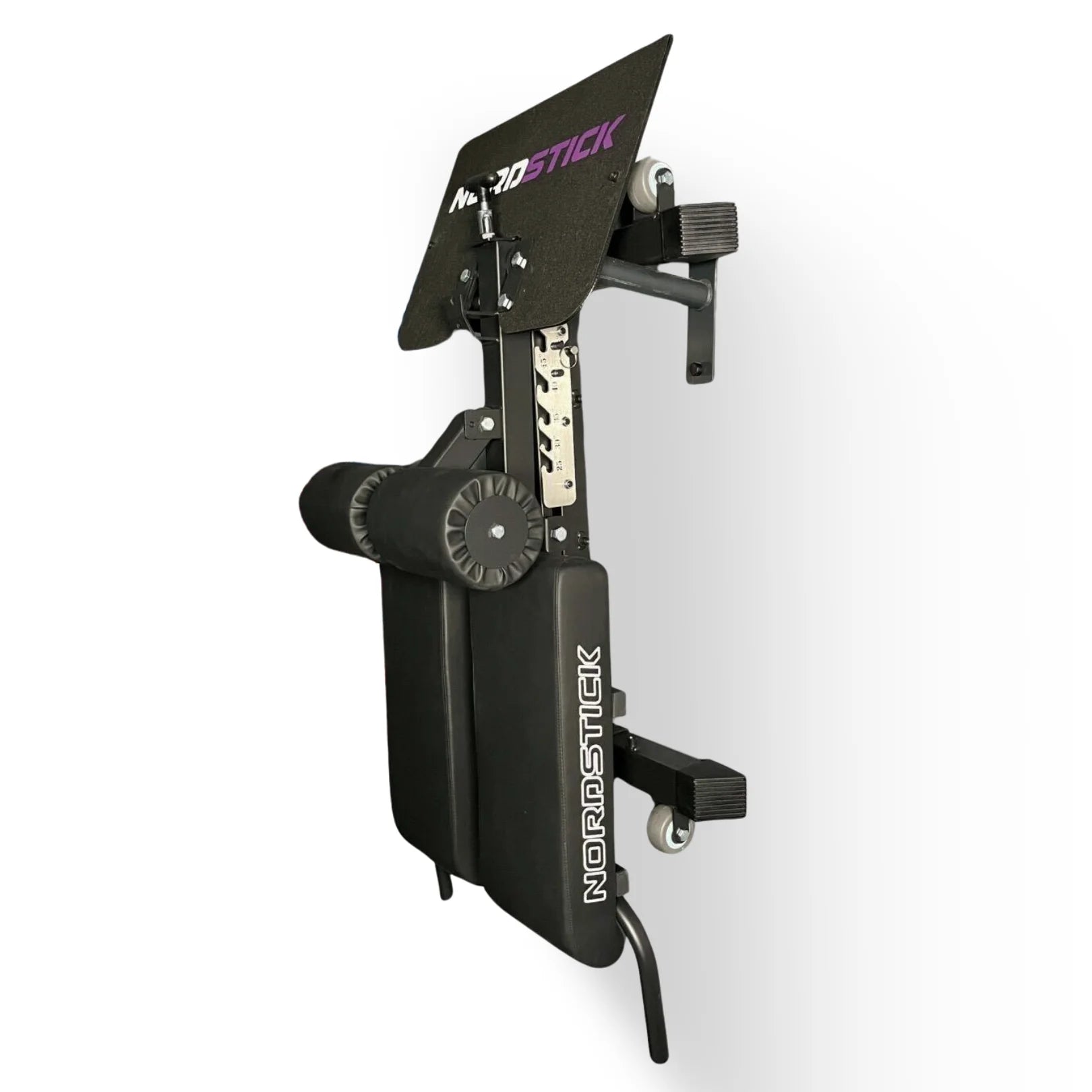
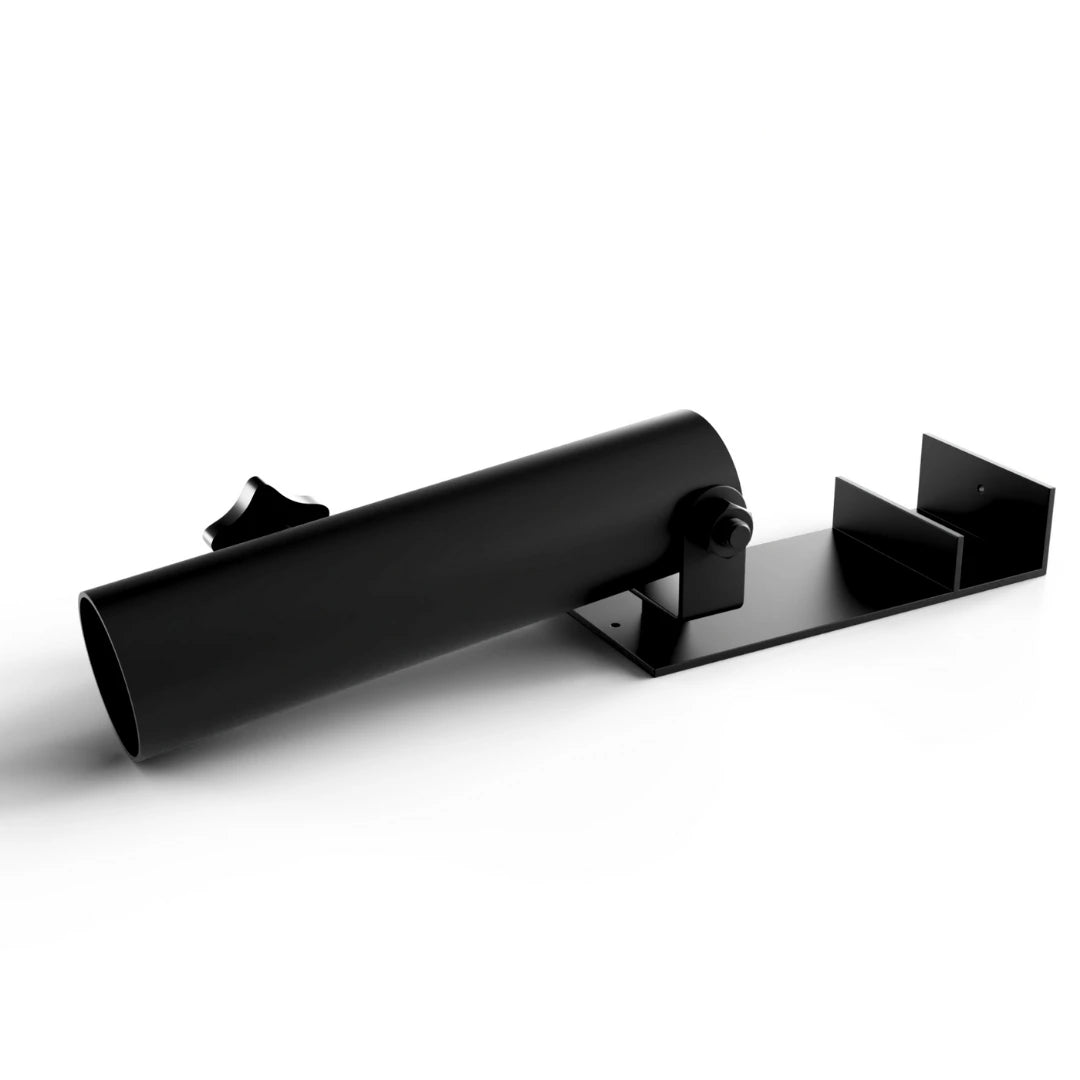
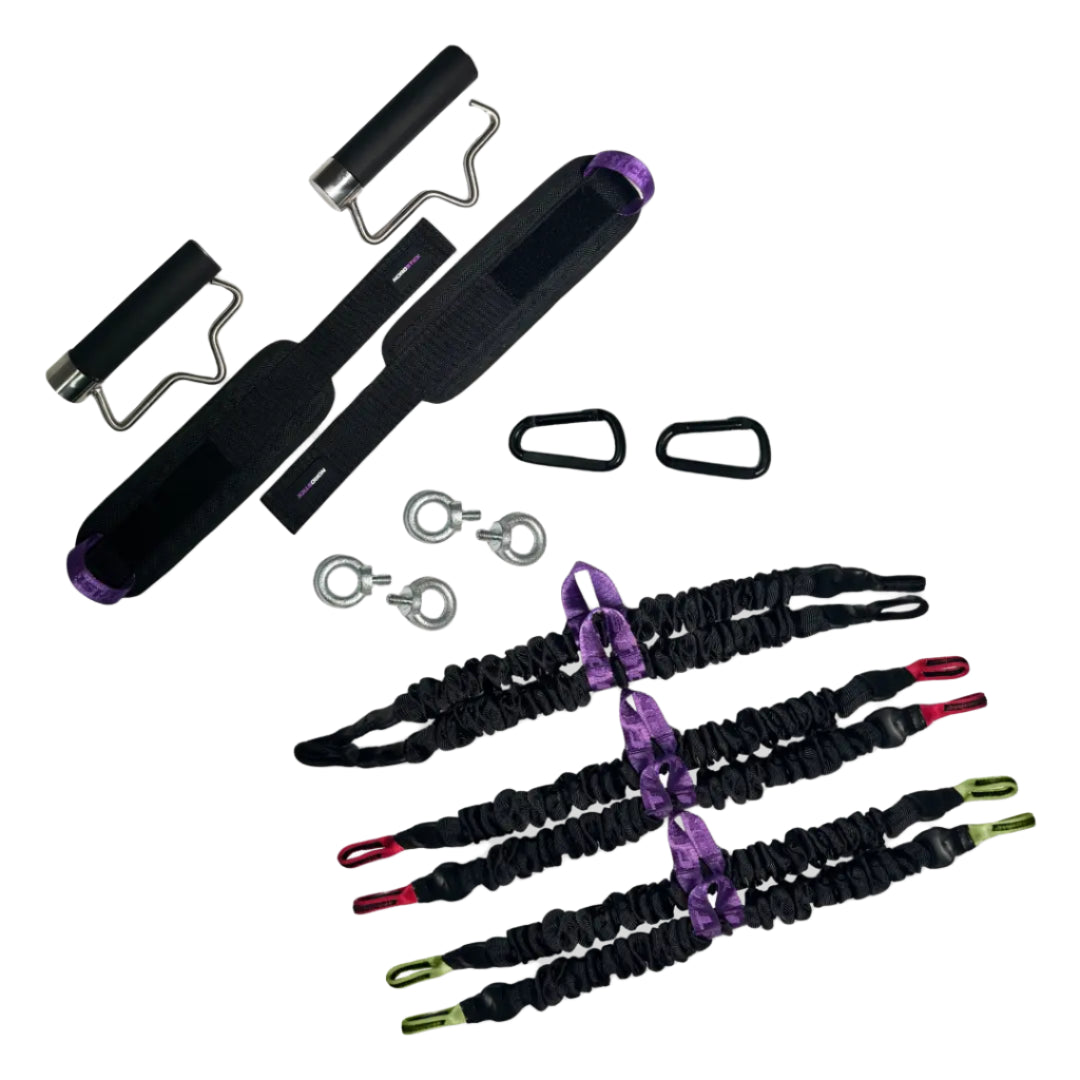
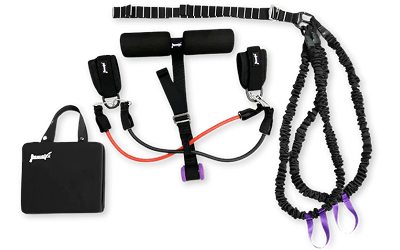
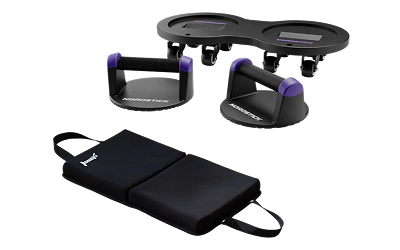
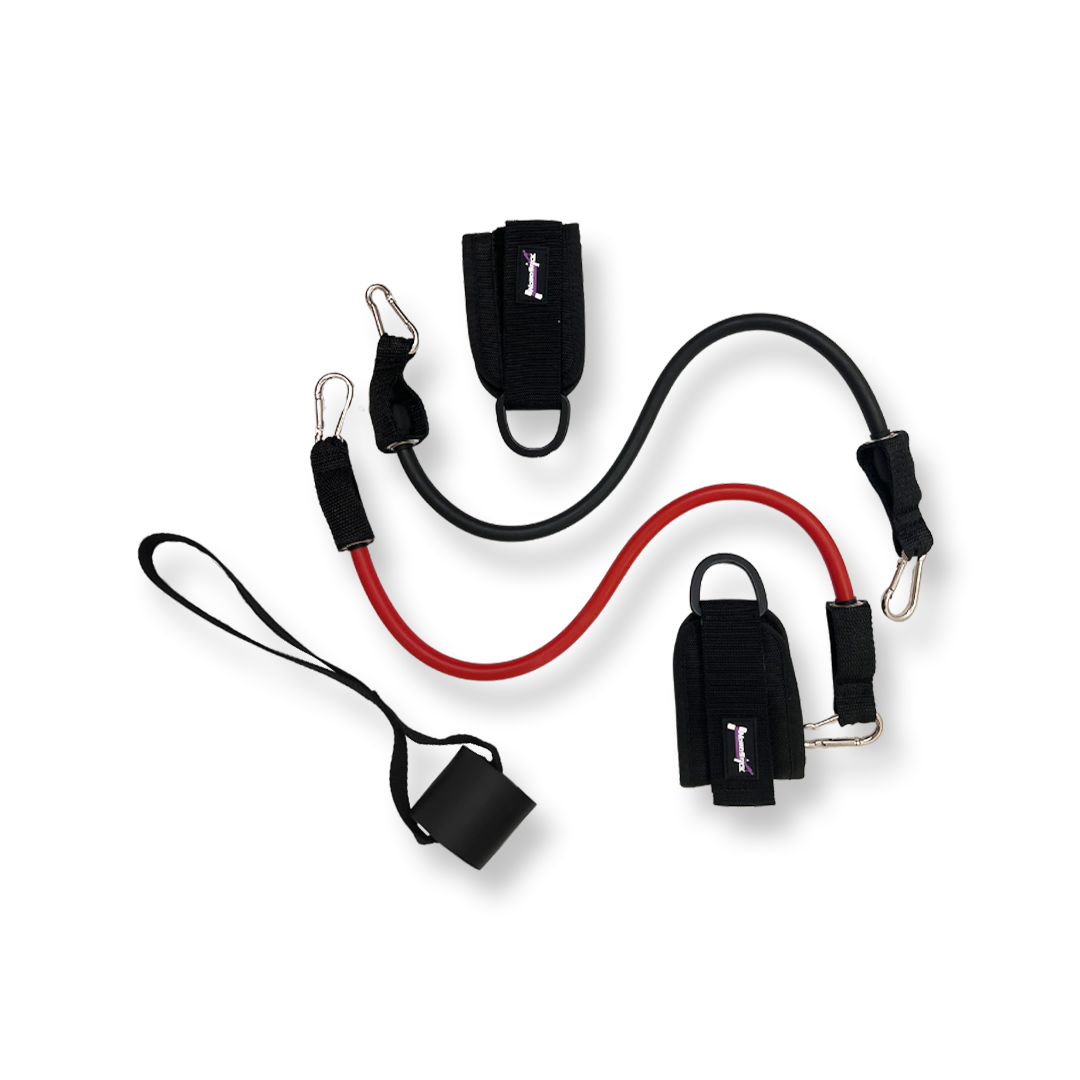
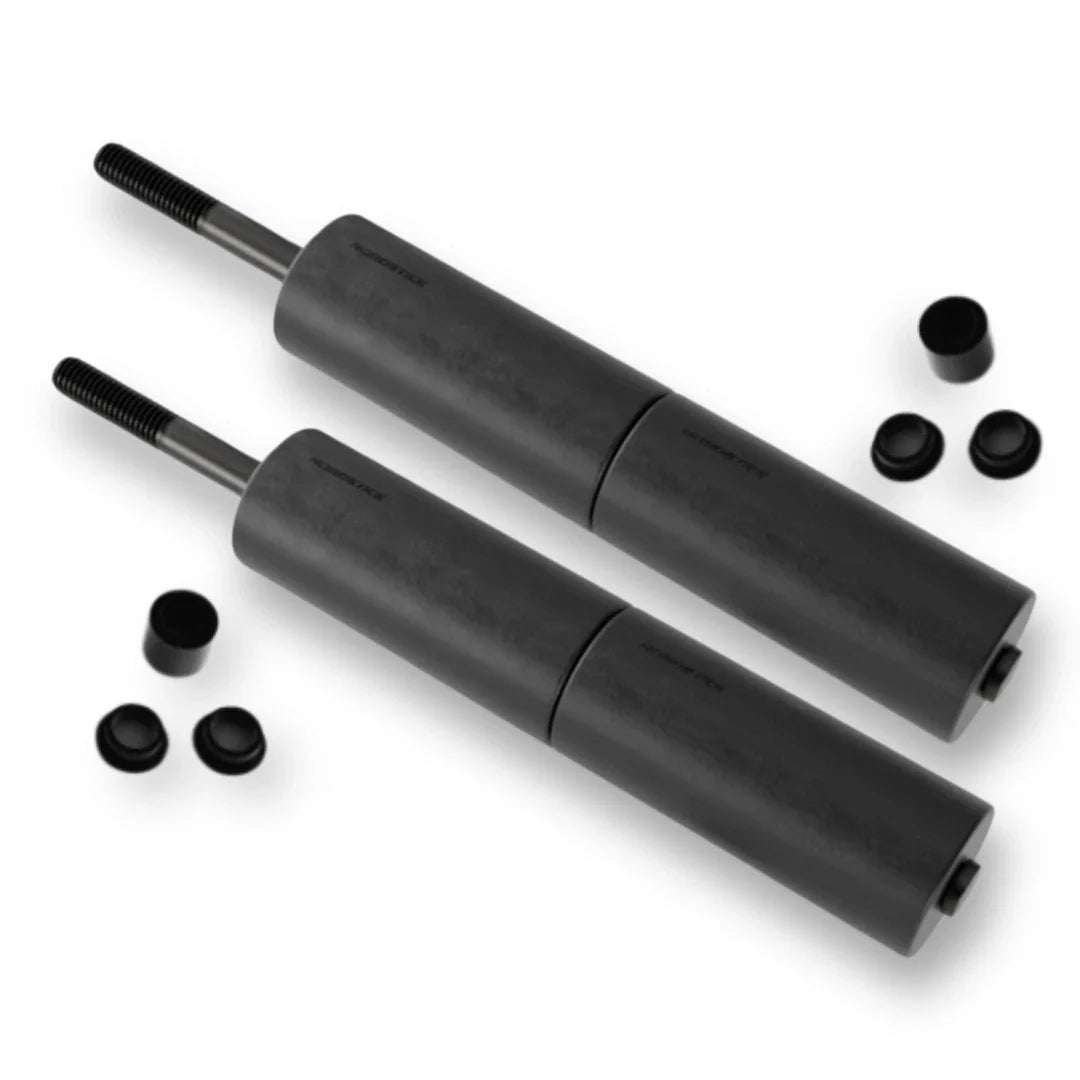
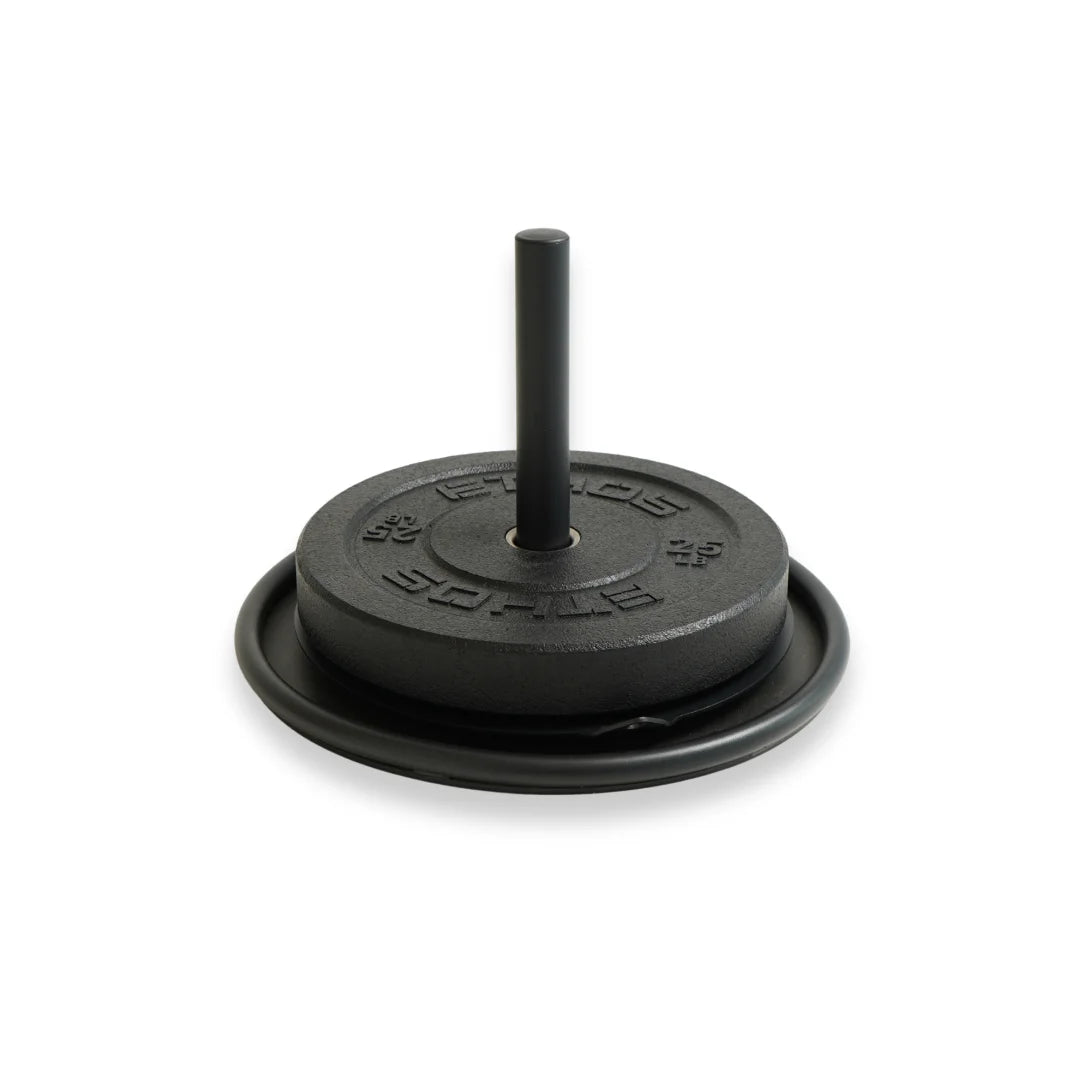
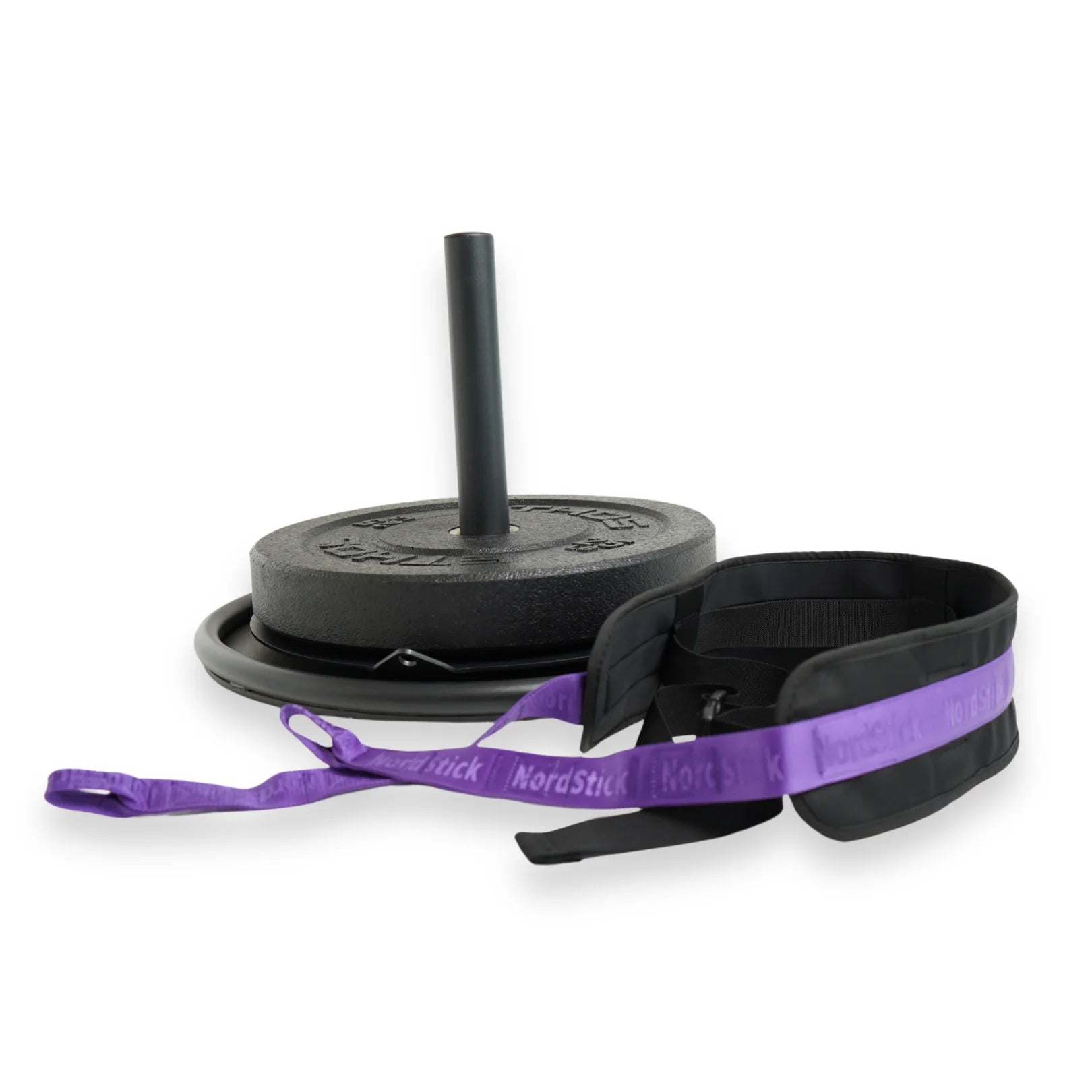
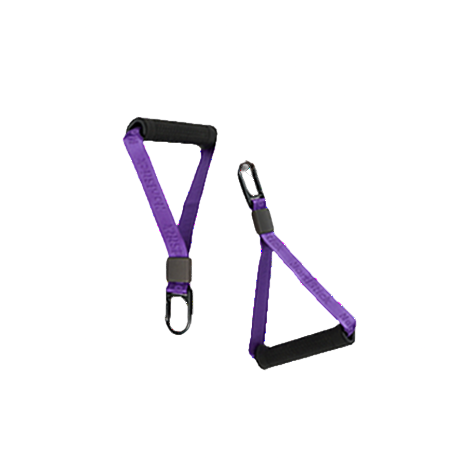
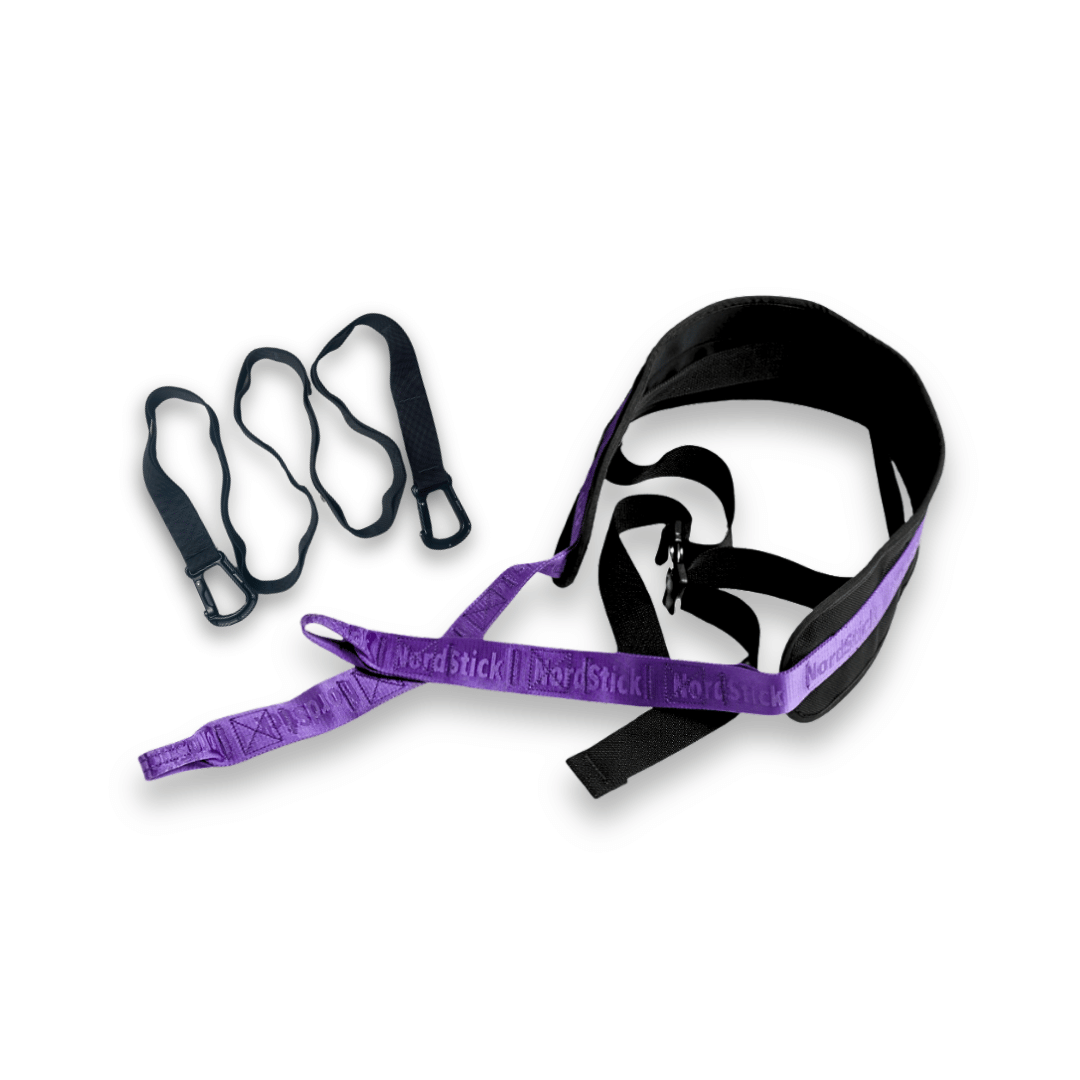
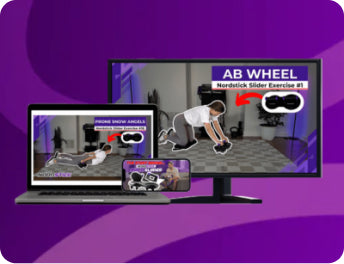

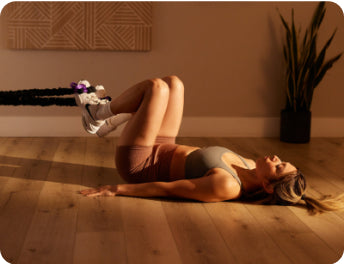
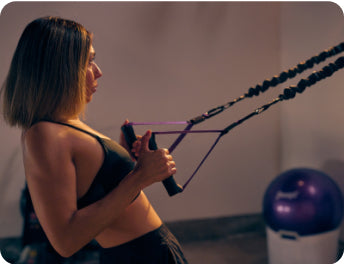

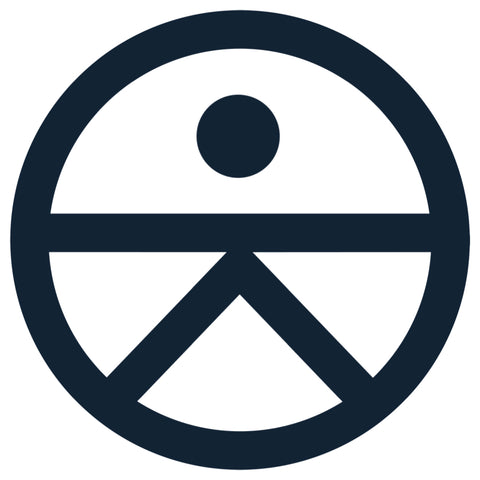
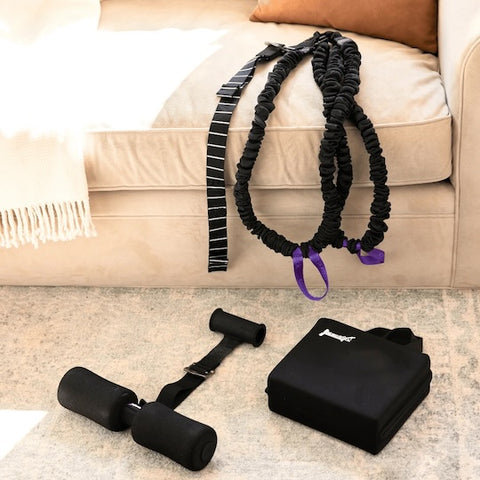

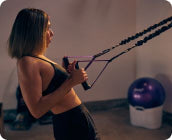
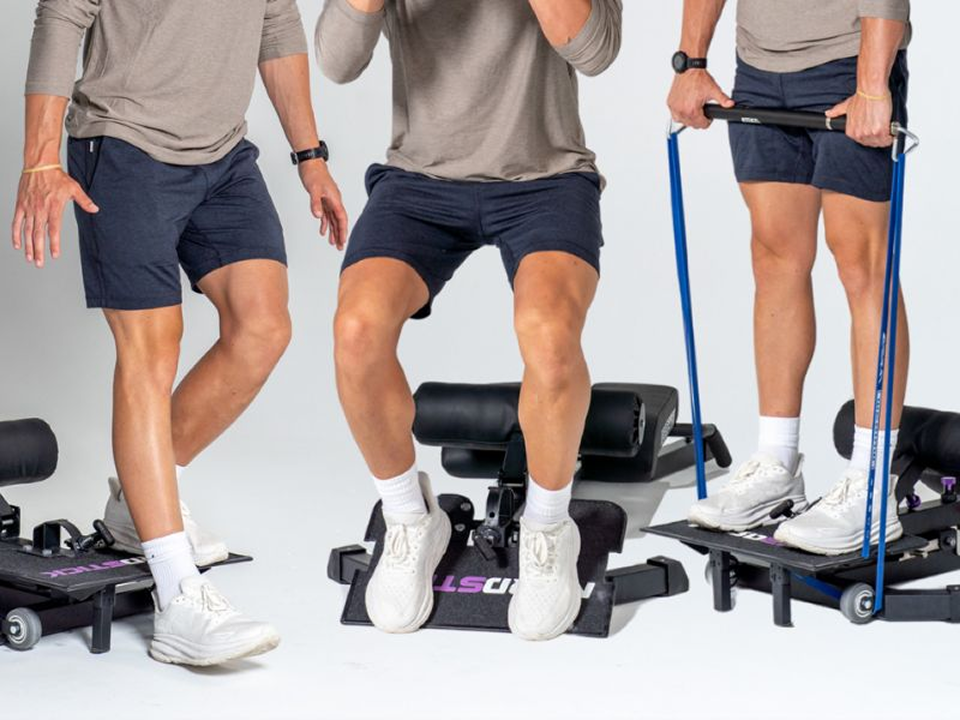
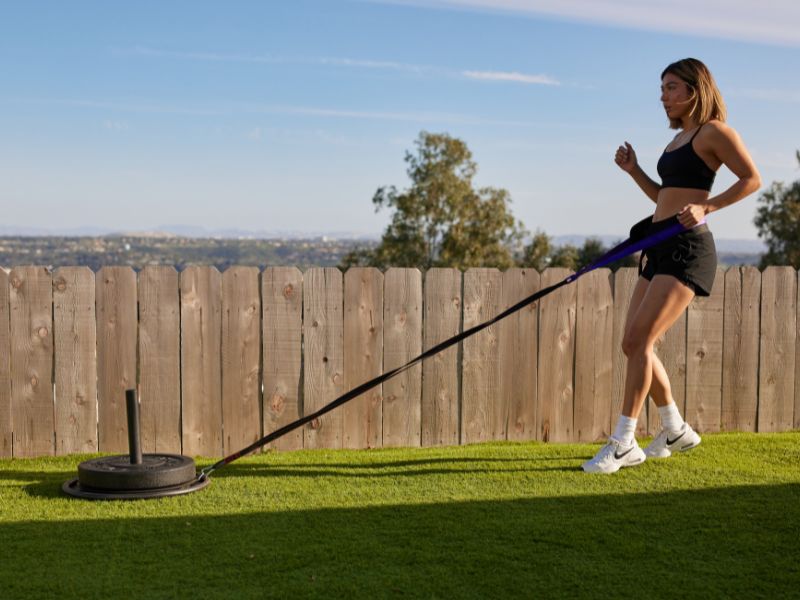

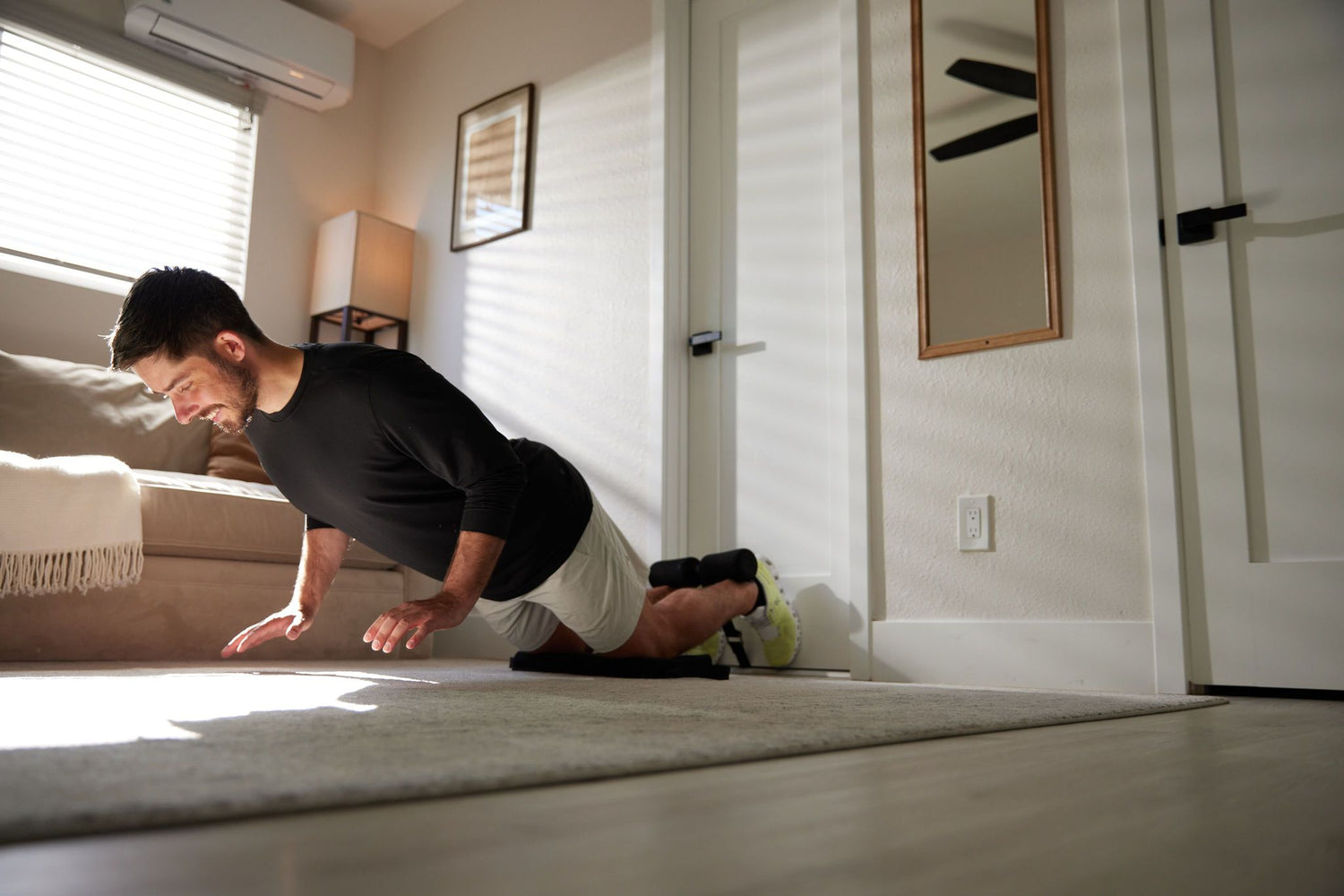

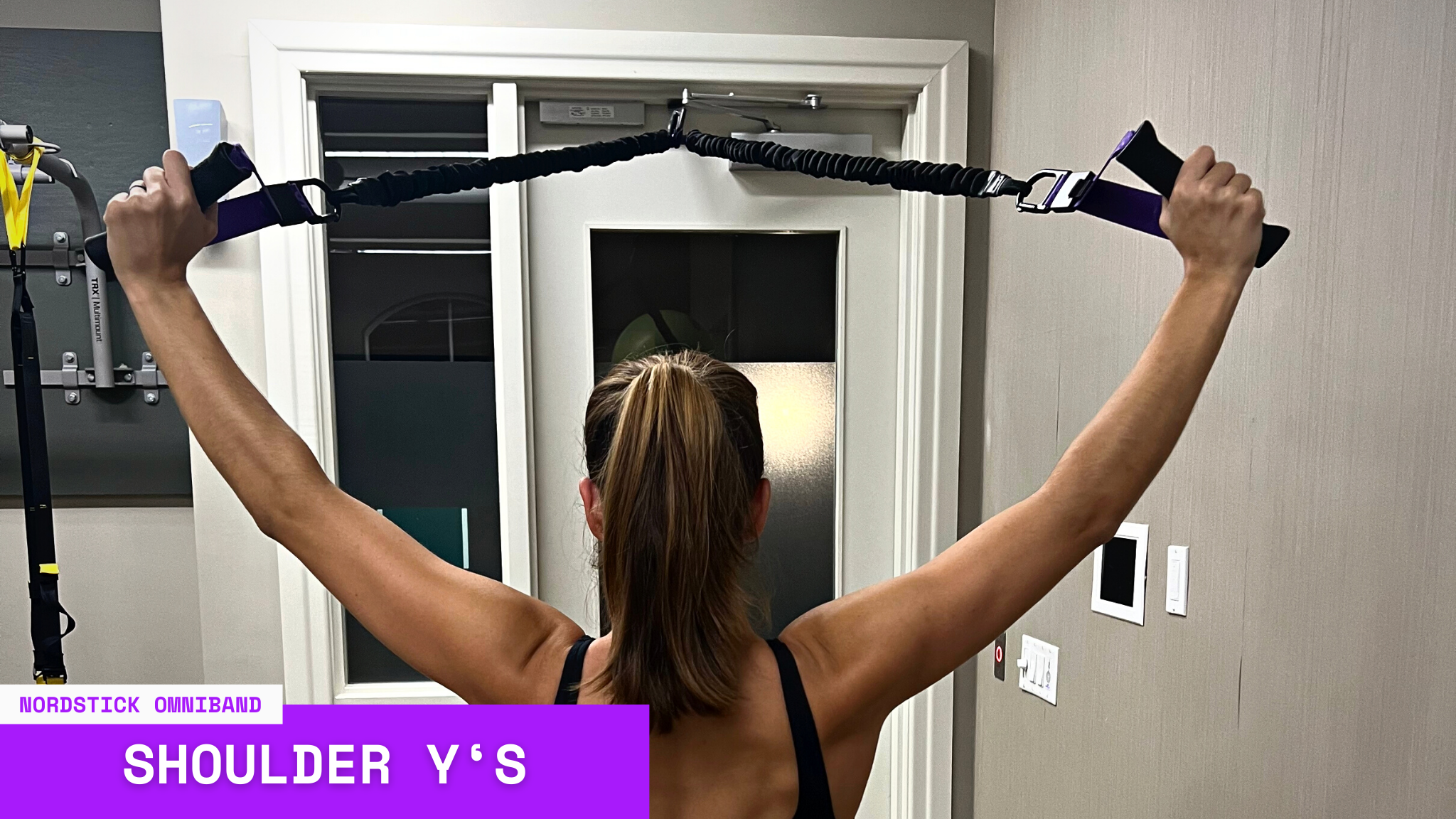



Leave a comment
This site is protected by hCaptcha and the hCaptcha Privacy Policy and Terms of Service apply.